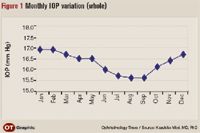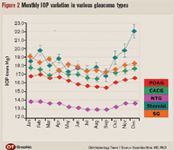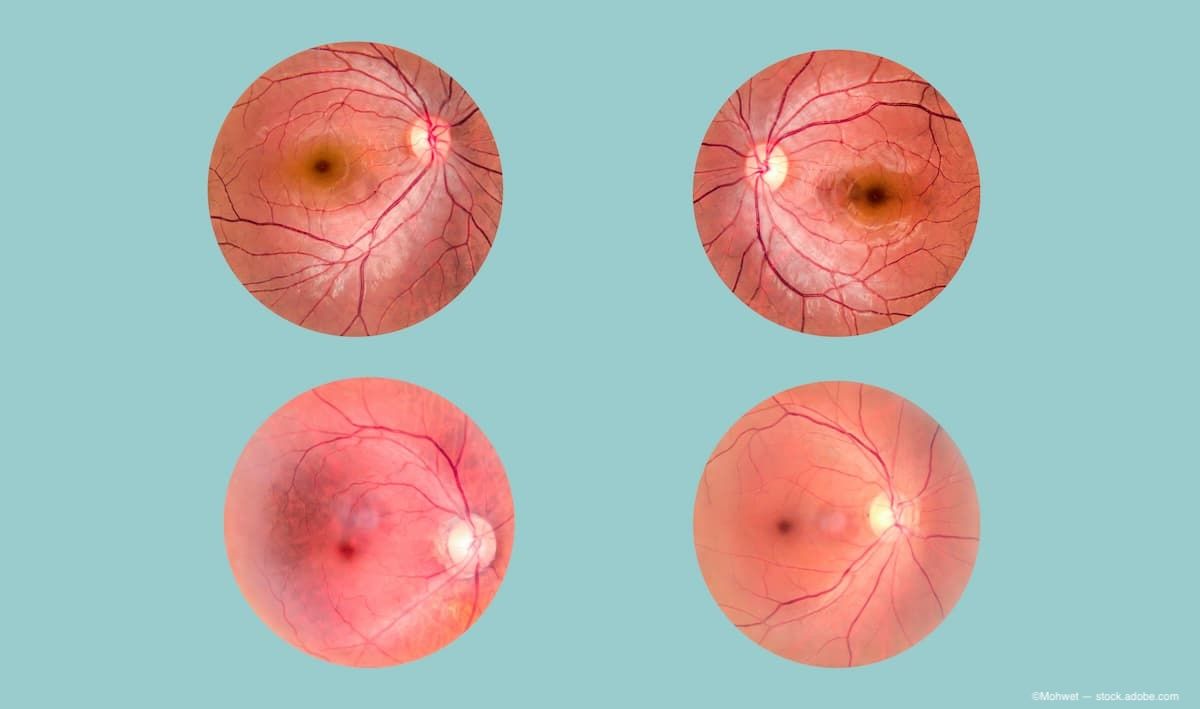Article
Clinicians should consider seasonal effects on IOP
Kyoto, Japan?Seasonal variation in IOP is important to take into account when evaluating those patients with glaucoma and particularly those with steroid-induced ocular hypertension, according to Kazuhiko Mori, MD, PhD.

Dr. Mori presented results from a retrospective, observational, case control study of 43,379 cumulative patients seen in the glaucoma service at Kyoto Prefectural University of Medicine Hospital, Kyoto, Japan, over a 10-year period from September 1995 to August 2004.
The subjects were divided into five categories based on diagnosis:

However, the most drastic seasonal difference was seen in eyes with steroid-induced ocular hypertension. In that subgroup, there was a 5.1 mm Hg difference in IOP comparing summer and winter. For eyes with POAG, CACG, NTG, and SG, the mean seasonal difference in IOP was 1.5, 1.3, 0.9, and 1.8 mm Hg, respectively.
"This is a retrospective study, and the patients were using medications that might have influenced the results and caused an underestimation of the seasonal variation. However, even if the treatment of glaucoma is changed according to the patients' condition, these results suggest that the seasonal variation of IOP should be taken into consideration when treating glaucoma patients," said Dr. Mori, glaucoma service, Kyoto Prefectural University of Medicine.
Dr. Mori explained the study was undertaken based on anecdotal observations of some cases where IOP rose markedly in winter.
"Previous statistical reports have shown that seasonal variation in IOP is relatively small, but we conducted this study because our experience showed that was not always the case," he said.
Seasonal IOP differences

For the entire group, there was a 1.3 mm Hg difference between the mean IOP in winter (17 mm Hg) and summer (15.7 mm Hg), he said.
Dr. Mori noted that the causes for seasonal variation in IOP are unclear. Considering that other studies that have reported a relatively larger magnitude of seasonal variation in IOP were conducted in geographic locations where there is a greater than 15° seasonal variation in temperature suggests cold weather may play a role.
Newsletter
Don’t miss out—get Ophthalmology Times updates on the latest clinical advancements and expert interviews, straight to your inbox.




